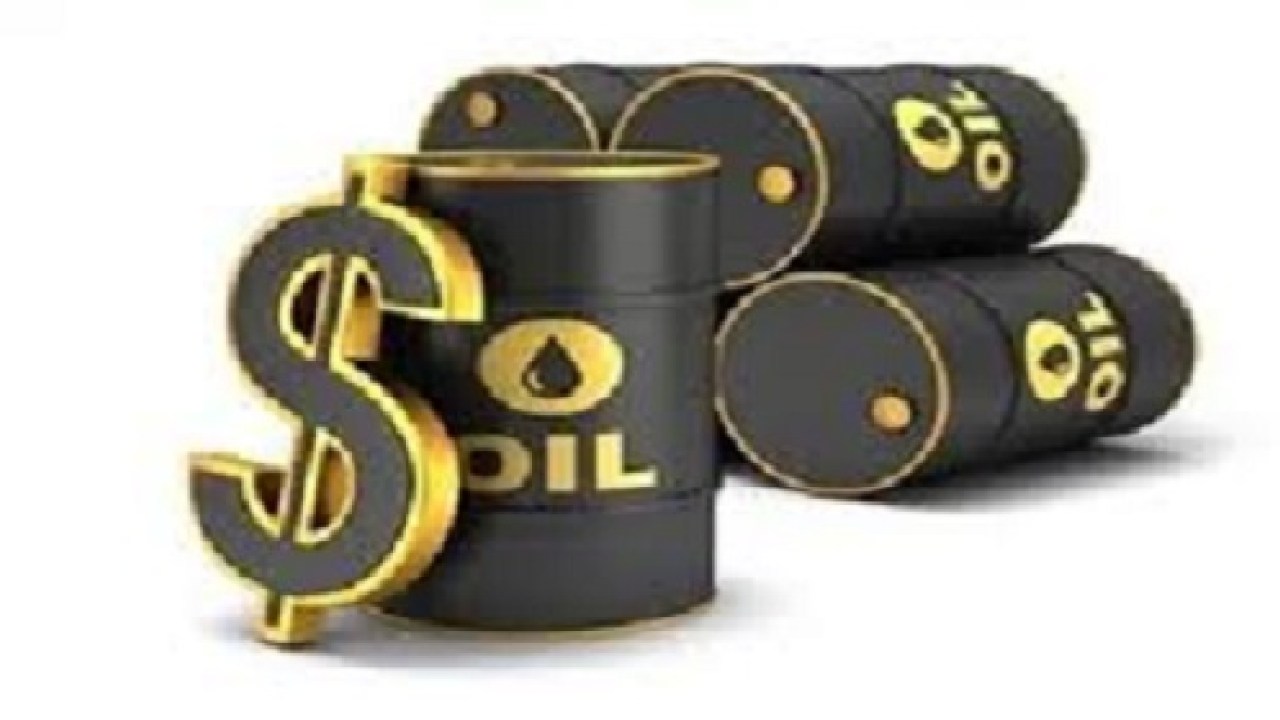The prices of Brent crude oil went up to $84 on Thursday on the back of an OPEC+ induced supply tightness.

It was the first time since April the oil benchmark was selling at $84 a barrel and this was supported by supply tightness triggered by the production cuts by the Organisation of the Petroleum Exporting Countries and its allies (OPEC+) and renewed bullishness on the outlook for Chinese demand and global growth.
Yesterday, the price of the US West Texas Intermediate (WTI) crude appreciated by 1.7 per cent or $1.31 to trade at $80.09 a barrel, as the oil market remains undersupplied due to the efforts by the alliance, and this has created a positive outlook.
Analysts forecast that Brent can rise to $85–$90 over the coming months.
There are expectations that Saudi Arabia will extend its voluntary production cuts beyond August if prices don’t rise more substantially.
Also, there is a possibility that the kingdom would start unwinding these cuts in two months, according to some analysts, but it may just as well decide to extend them.
Gross domestic product (GDP) in the US increased at a 2.4 per cent annualized rate last quarter, the government said in its advance estimate of second-quarter GDP, beating expectations and providing a boost for the world’s largest economy.
The US Federal Reserve on Wednesday raised its policy rate by 25 basis points to the 5.25 per cent – 5.50 per cent range as it continues to work towards achieving its 2 per cent inflation target.
Still, oil was pressured on Wednesday after data showed US crude inventories fell less than expected, and the US Federal Reserve raised interest rates by a quarter of a percentage point, leaving the way open for another increase.
The European Central Bank (ECB) raised interest rates for the ninth consecutive time on Thursday by 25-basis-point to 3.75 per cent, its highest level since 2000.
The rate hike indicates that the ECB remains ready to hike more as it tries to tackle inflation in the Eurozone.
A pledge on Monday from China to boost policy support for the economy has spurred hopes of oil demand regeneration from the world’s largest crude importer.
The market will also now focus on the next OPEC+ meeting, where ministers will review the market on August 4.


Comments are closed.